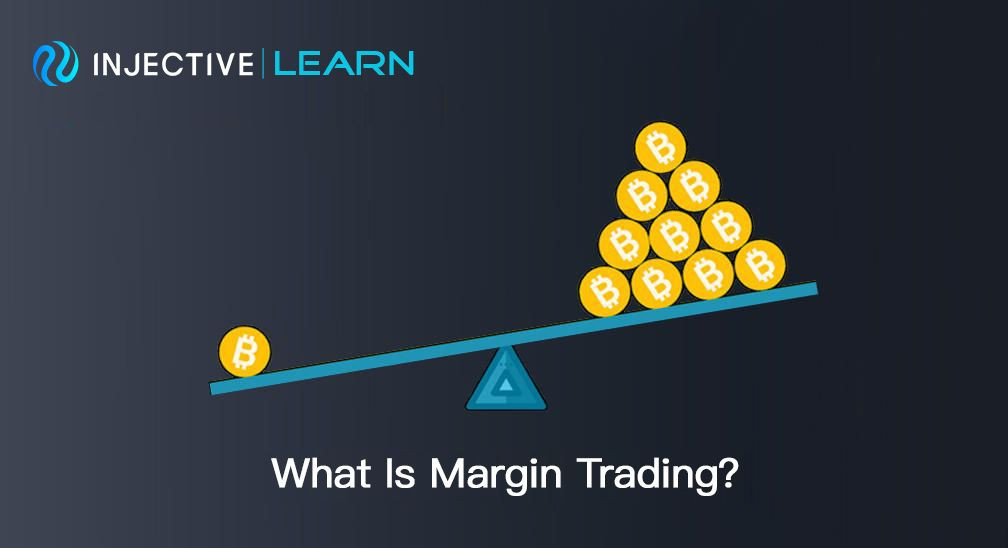
Margin trading can be a great way to grow your portfolio and maximize your profits, but it can also be risky if you're not familiar with the concepts involved.
Let’s explore some tips to help you understand margin so that you can make intelligent decisions when trading. We will also cover how margin works and some of the risks associated with it. So whether you're a beginner or an experienced trader, read on for some useful information.
What is margin?
An investor must deposit collateral (margin) with their broker or exchange to cover the risk that the holder poses for the broker/exchange. This can happen if an investor borrows cash from a broker in order to buy securities, sells short financial instruments, or enters into derivative contracts.
When you buy on margin, you borrow money from your broker to purchase securities. The initial payment is known as the margin and it's used as collateral for the investment.
The margin is the difference between a product's selling price and production costs, or the ratio of profit to revenue. Margin can also refer to the portion of an adjustable-rate mortgage's interest rate that is added to the adjustment-index rate.
How does margin work?
Brokerage customers who sign a margin agreement can borrow up to 50% of the purchase price of new investments, in order to buy more stocks. However, this comes with increased risk and should be done cautiously. Excessive borrowing could result in the loss of your investment.
- Experts downbeat as Ncube cuts GDP forecasts
- Fresh warning over gold coins
- International Book and Copyright Day, in the context of reading culture and climate change
- Oman for money: Marondera victim recounts escape
Keep Reading
For example, if you have $5,000 cash in a margin-approved brokerage account, you could buy up to $10,000 worth of the marginal asset. This would allow you to purchase assets valued at $15,000 by borrowing an additional $5,000 from your broker. The collateral for this loan would be the marginal asset that you purchased.
Why do traders use margins?
The main reason investors margin trade is to take advantage of the leverage available. Margin trading allows you to buy more securities with the capital you have, by providing loans that are greater than your actual investment.
In addition, margin trading is a flexible type of loan that doesn't have a fixed repayment schedule. The broker's maintenance margin requirements may be simple or automated. For most margin accounts, the loan is open until the securities are sold and final payments are often due to the borrower.
Special considerations for margin
When you use margin to buy certain assets, you're essentially borrowing money from your broker at a rate of interest. This can be costly in the long run, as debt levels increase over time and the interest charges mount. For this reason, buying assets on margin is mainly used for short-term investments - generally anything less than a year's duration. If you hold an investment for longer than that, it becomes increasingly difficult to break even due to accruing interest charges.
Conclusion
Now that you know what margin is, how it works and why traders use it, you can start to incorporate this tool into your trading career. Using margin can be a great way to increase your profits, but remember to always trade responsibly and only use as much leverage as you feel comfortable with.







